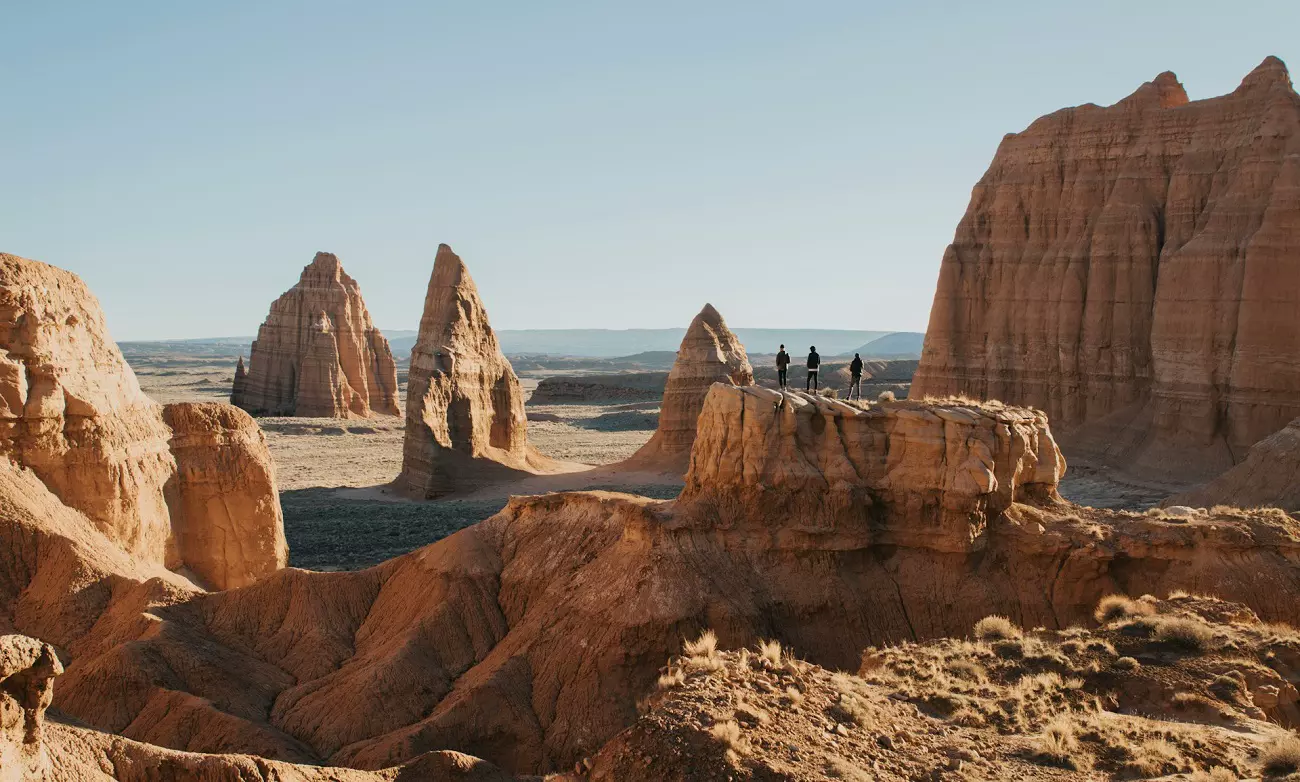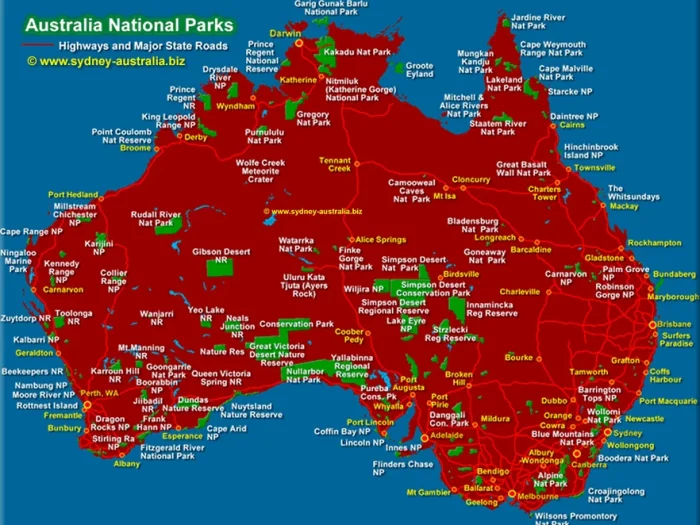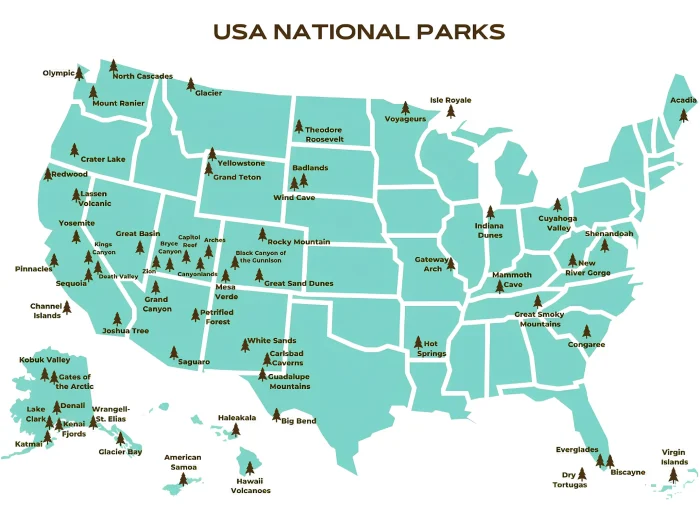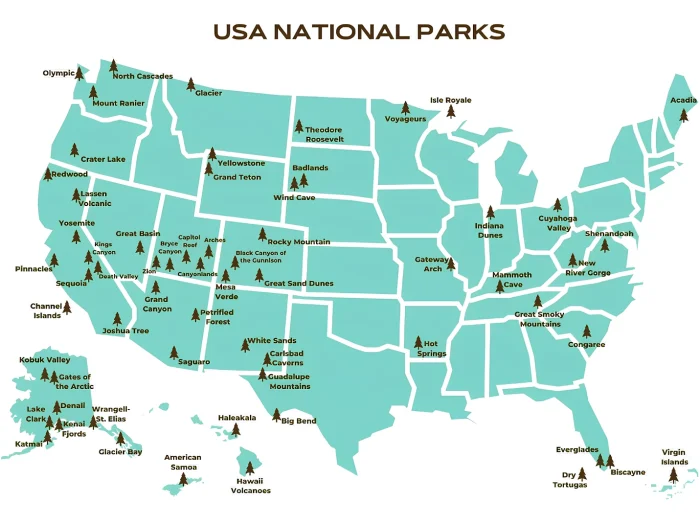When Was Capitol Reef National Park Established?
Capitol Reef National Park, located in south-central Utah, is a striking landscape of cliffs, canyons, domes, and natural bridges carved by geological forces over millions of years. Known for its unique rock formations and the scenic Waterpocket Fold—a nearly 100-mile long warp in the Earth’s crust—this park is a hidden gem among Utah’s “Mighty Five” national parks.

Origins and Early Protection
Before becoming a national park, the area attracted attention for its rugged beauty and scientific interest. In 1937, President Franklin D. Roosevelt proclaimed the area as Capitol Reef National Monument, setting aside approximately 37,711 acres to preserve its unique geological features. The name “Capitol Reef” comes from two elements: “Capitol” refers to the white domes of Navajo sandstone that resemble the U.S. Capitol building, and “Reef” is a term used by early explorers to describe any rocky barrier to travel, similar to a coral reef.
Becoming a National Park
As interest in the region grew and tourism increased, so did the call for greater protection and recognition. On December 18, 1971, Capitol Reef officially became a national park through an act of Congress signed by President Richard Nixon. This designation expanded the protected area to its current size of over 241,000 acres, ensuring preservation of its remarkable desert landscape, cultural history, and diverse ecosystems.
Significance Today
Capitol Reef National Park is renowned not only for its geology but also for its historical significance. The park features remnants of Native American petroglyphs, pioneer settlements like Fruita, and orchards still maintained by the National Park Service. Visitors come to hike among slot canyons, marvel at sandstone monoliths, and stargaze under one of the darkest skies in the U.S.




